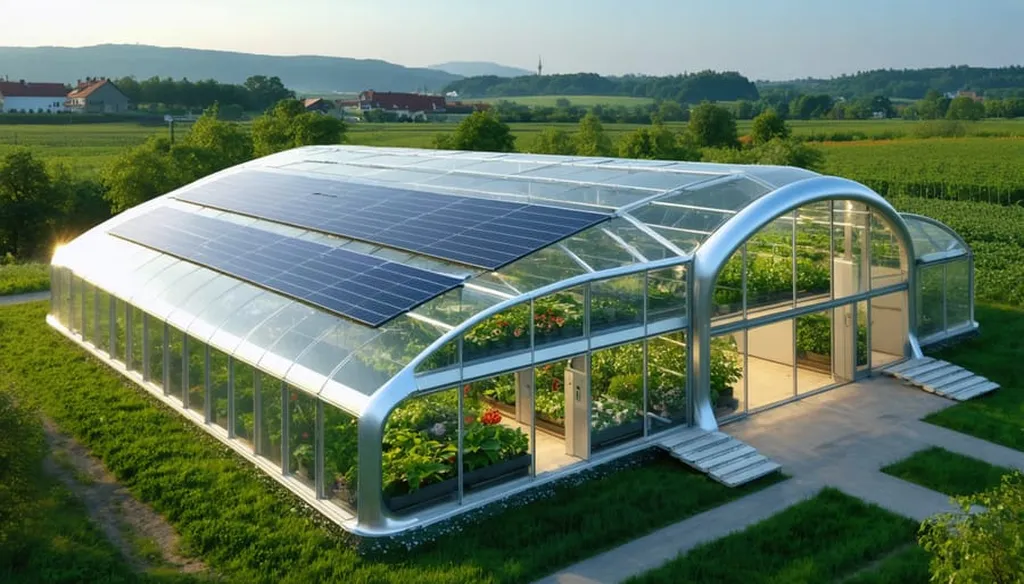In the quest to make greenhouse agriculture more sustainable and cost-effective, researchers have turned to renewable energy technologies, tailoring solutions to local climates and policies. A recent study published in *Energy Conversion and Management: X* sheds light on how renewable-integrated energy systems can be optimized for greenhouses in the Netherlands and Spain, offering valuable insights for the agriculture sector.
Greenhouse farming is notoriously energy-intensive, with significant demands for heating, cooling, and electricity. These energy needs not only drive up operational costs but also contribute to substantial carbon emissions. To address these challenges, a team led by Majid Ghamiluei from the Department of Energy Engineering at Sharif University of Technology in Iran developed a mixed-integer linear programming (MILP) model. This model aims to minimize the total annual cost of energy while meeting all energy demands specific to greenhouse operations.
The study highlights the stark differences between the Netherlands and Spain, two countries with contrasting climates. Spain’s higher solar irradiance allows for greater use of solar collectors and photovoltaic systems, leading to lower annual costs and CO2 emissions compared to the Netherlands. “Spain’s climate is more favorable for solar energy utilization, which significantly reduces both costs and emissions,” Ghamiluei explains. “This advantage is crucial for optimizing greenhouse energy systems.”
Under current conditions, the Netherlands incurs about 40% higher annual costs and 141.7% more CO2 emissions than Spain. However, the study also explores the impact of carbon taxation on these figures. In Spain, a carbon tax can achieve up to 80% emission reduction, while in the Netherlands, the reduction is only 37%. Achieving a 20% reduction requires a carbon tax of €94/ton CO2 in Spain but a much higher €777/ton CO2 in the Netherlands. These findings underscore the importance of region-specific strategies in achieving economically viable and environmentally sustainable greenhouse agriculture.
The study also delves into the economic implications of different crop cultivation schemes. Lettuce cultivation emerges as the most cost-effective and low-emission option in both countries. This suggests that the Netherlands could specialize in lettuce production while importing more resource-intensive crops, such as tomatoes, from Spain. “Specializing in crops that are most efficient in terms of energy use and emissions can significantly reduce overall costs and environmental impact,” Ghamiluei notes.
The research has significant commercial implications for the agriculture sector. By optimizing energy systems tailored to local conditions, greenhouse operators can reduce costs and emissions, making their operations more competitive and sustainable. The findings also highlight the need for policies that support renewable energy adoption and carbon taxation to drive further reductions in emissions.
As the agriculture sector continues to grapple with the dual challenges of cost and sustainability, this study offers a roadmap for developing region-specific energy strategies. By leveraging renewable energy technologies and considering local climate and policy environments, greenhouse operators can achieve economically viable and environmentally sustainable operations. The insights from this research are poised to shape future developments in the field, paving the way for a more sustainable and cost-effective future for greenhouse agriculture.

